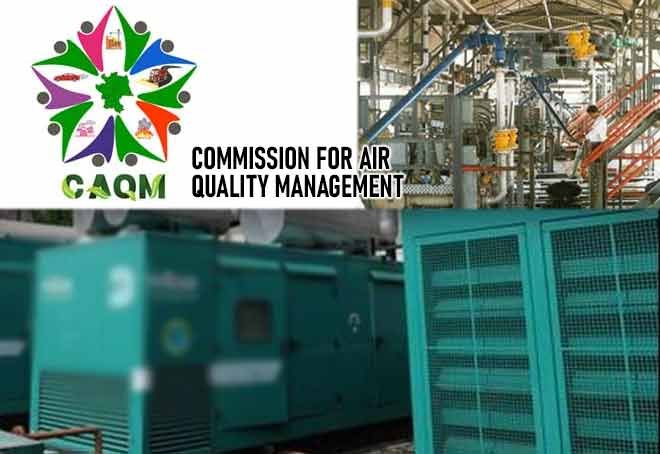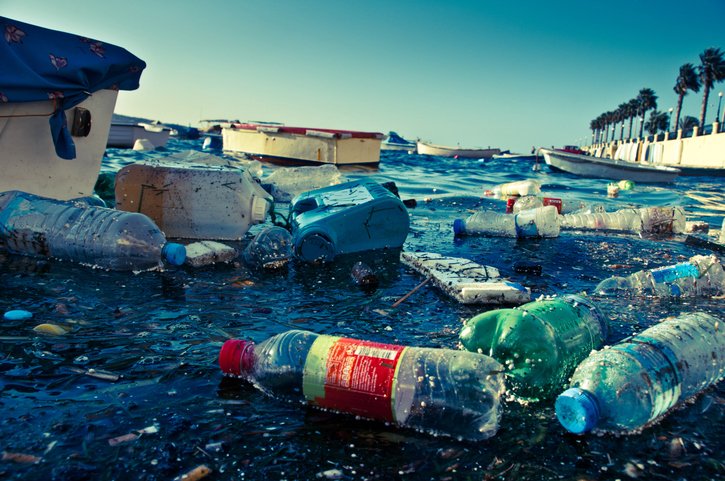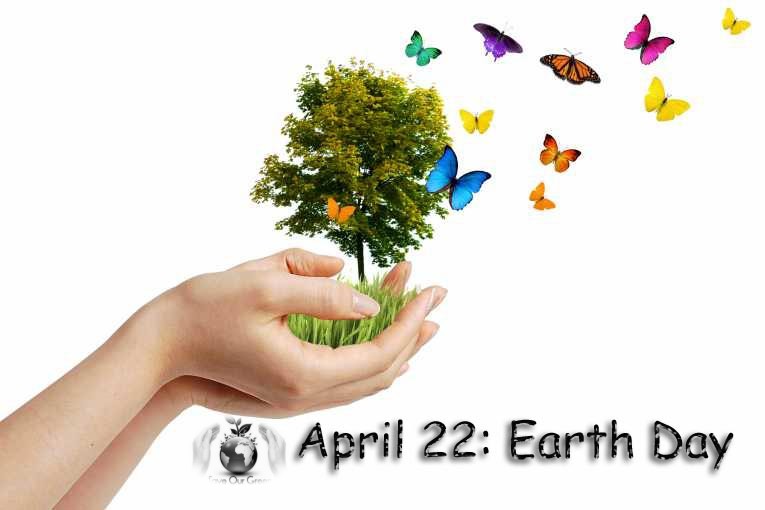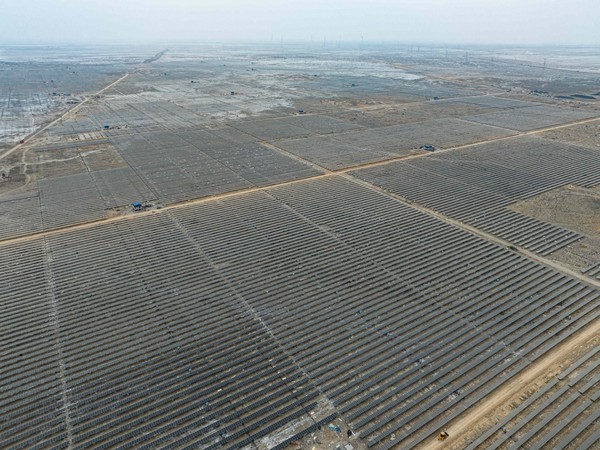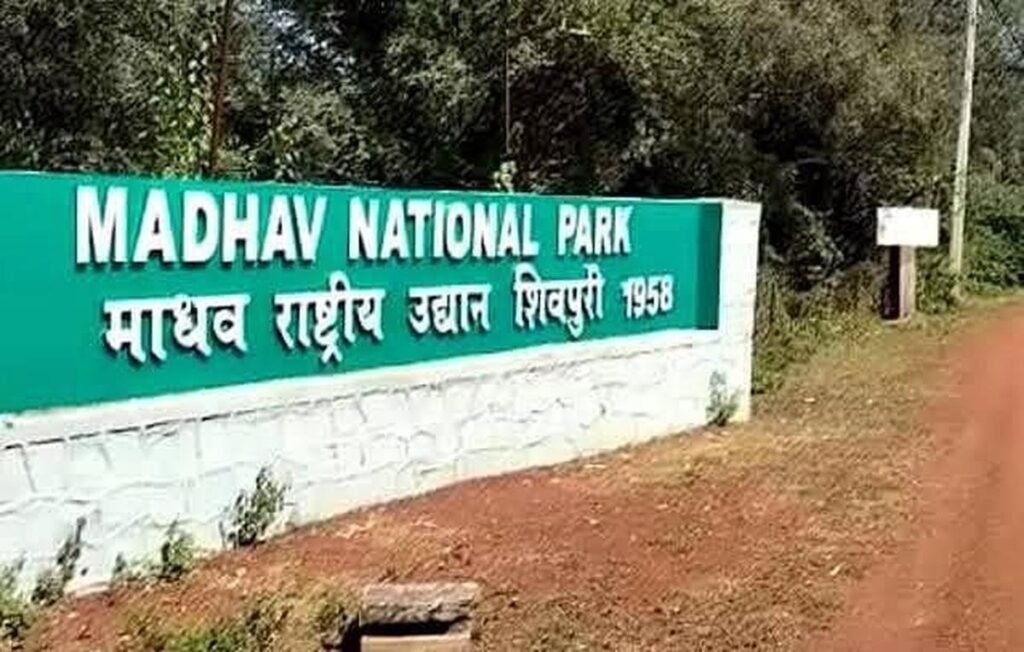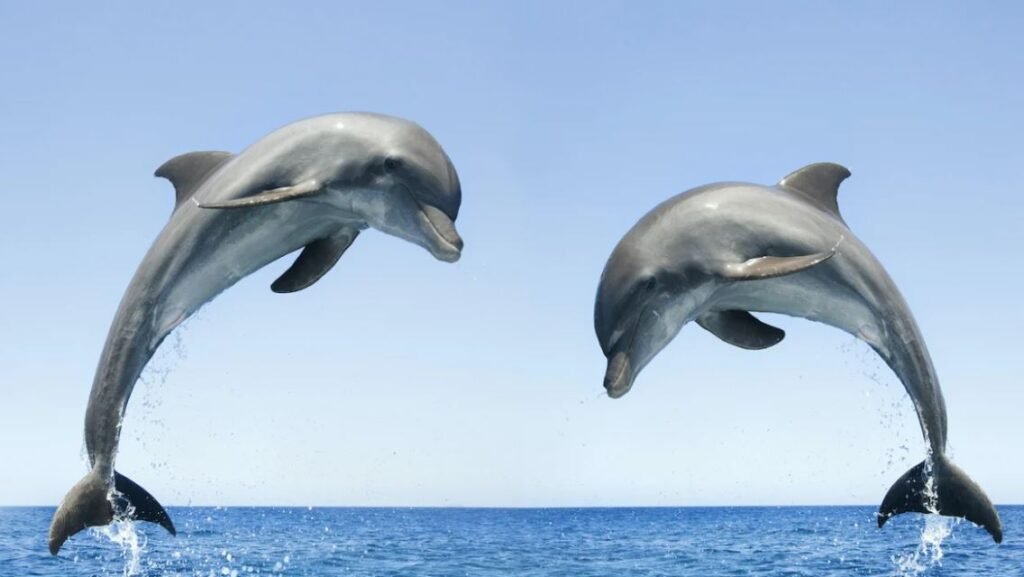Monsoon Covers Entire India: Early Arrival Brings Relief and Risks
On June 29, 2025, the southwest monsoon officially covered the entire country—nine days ahead of schedule, marking one of the fastest advances since 1960. The India Meteorological Department (IMD) confirmed its progression into the remaining parts of Rajasthan, Haryana, West Uttar Pradesh, and Delhi.
Agricultural Boost and Economic Implications
This early onset is expected to benefit kharif crop sowing, especially in central and northwest India, which have already received 24% to 37% excess rainfall compared to normal levels. With over 138 lakh hectares already under cultivation, farmers are optimistic about a strong start to the season.
Extreme Weather and Safety Concerns
However, the monsoon’s rapid advance has also triggered severe weather events. A cloudburst in Uttarkashi, Uttarakhand, led to two deaths and seven missing persons, prompting authorities to halt the Char Dham Yatra temporarily. Himachal Pradesh has reported 20 rain-related fatalities since June 20, with landslides and flash floods disrupting transport and daily life.
Looking Ahead
The IMD has issued red alerts for heavy rainfall across multiple states, including Uttarakhand, Himachal Pradesh, and Jharkhand, through July 1. While the rains bring much-needed relief from heat and support agriculture, they also demand heightened vigilance in vulnerable regions.


